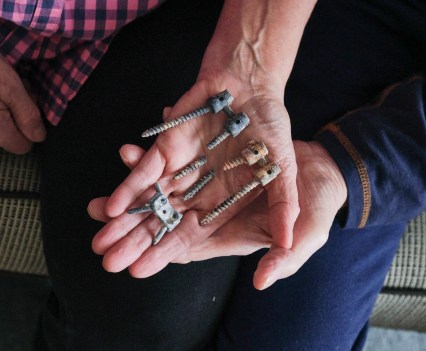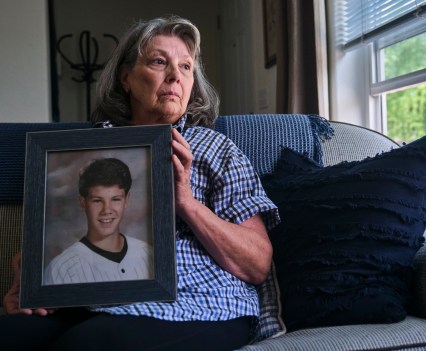




Organization
CalMatters
Award
Excellence in Social Justice Reporting, Single Story
Program
2023
Entry Links
Link 1
“Inmate shuffle” exposed a largely unknown issue: the frequent transfers of incarcerated people with mental illness between prisons in California. Three decades after California’s prisons first came under court monitoring for rampant abuse and neglect of prisoners with mental illness, the system is still failing to protect its sickest inmates. For many of these men (the vast majority of people behind bars are male), prison is not a place to heal. It is a place to disappear.
Bringing this story to light wasn’t easy: It required persistence, requests under the California Public Records Act, the creation of a data scraper to extract data from an Inmate Locator tool on a state website, analysis of that data, efforts to interview about 50 inmates identified by the data analysis and more.
CalMatters reporters Byrhonda Lyons and Jocelyn Wiener realized there was a story to be told when Lyons was contacted by the mother of a prisoner, Adam Collier, who battled mental and suicidal thought in prison as he was transferred 39 times in four years before he killed himself in 2020. His mother sent Lyons a large FedEx envelope with hundreds of pages documenting Collier’s multiple transfers. Collier had been hospitalized for mental health crises 14 times over his years in prison.
Their question: Was this an anomaly, or common?
While the California Department of Corrections and Rehabilitation slow-walked Lyons’ request for data about transfers for all prisoners, she worked with CalMatters data reporter Jeremia Kimelman to scrape from the department’s public-facing Inmate Locator tool. The bot he built could pull inmates by name, CDCR number and the prison they were in, among other information.
Lyons and Wiener identified inmates who had recently been moved on average once a month, then contacted about 50 of them asking for follow-up interviews. From those interviews, the reporters determined whether those people had ever been in a mental health crisis bed or were classified for outpatient mental health treatment.
Ultimately this blend of reporting approaches enabled them to report with confidence a pattern — prisoners with serious mental health needs were indeed being shuffled from prison to prison to prison, rather than receiving consistent health care and an effective treatment plan.
Several attorneys and researchers steeped in advocacy for this population said they were stunned by the speed at which Adam Collier was shuffled around the system. Prisoners interviewed for the story said the continual transfers made their mental health worse. Several inmates who moved at least five times in the last year told Lyons and Wiener the constant transfers prevented them from establishing relationships with therapists. They were shocked that someone outside the system even noticed.
In addition to the hundreds of pages of documentation collected by Adam Collier’s mother and numerous public records requests, off-the-record sources provided Lyons and Wiener with documentation that investigators had raised concerns about Collier’s treatment. The documents illustrated how the prison system failed him repeatedly — and how his death might have been prevented.
The Online Journalism Awards™ (OJAs), launched in May 2000, are the only comprehensive set of journalism prizes honoring excellence in digital journalism around the world.
